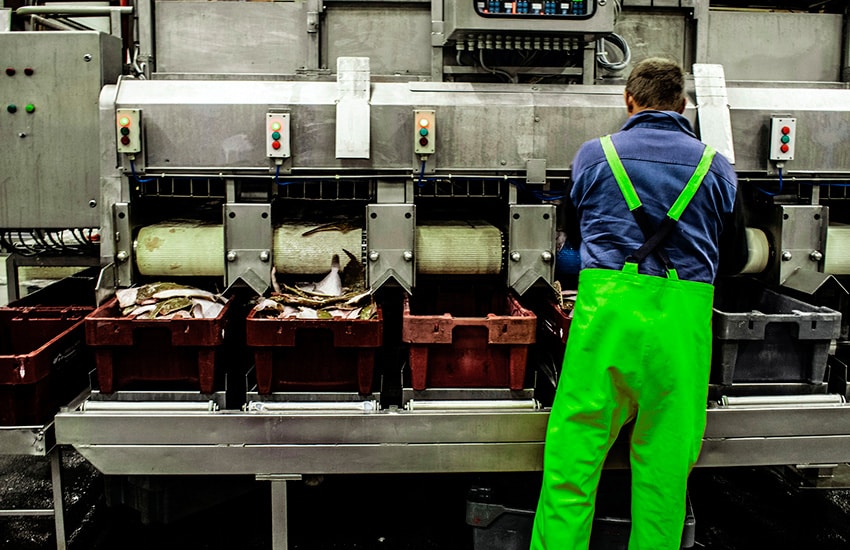12/09/2021
Suppose you work in any sector that relies on technology or machinery of any sort. In that case, the chances are that your day is defined by how that operational technology (OT) is performing. Transportation, manufacturing, pharma, energy, healthcare, infrastructure – these critical industries and many more are underpinned by OT systems.

Assets such as programmable logic controllers (PLCs) and supervisory control and data acquisition (SCADA) have been essential for interacting with all kinds of machinery for decades. However, these stalwart pieces of kit are a poor fit for the lightning-fast pace of modern IT systems. If you’ve ever tried to get IT and OT networks to play nice, you’ve probably learned it’s often an exercise in frustration.
However, successfully integrating IT and OT can be hugely beneficial for your business – and it needn’t be such a headache. Here are a few thoughts on getting you started on bringing your systems together to drive real business benefits from the results.
Why doesn’t IT and OT get along?
OT systems are built to last. Many of our customers will be using systems that were installed two or three decades ago – a stark contrast to the mayfly lives of modern IT technology. This difference is the main barrier to integration between the two systems. As an added challenge, OT control systems are also highly specific, containing proprietary technology, and requiring the interface of specialised solutions. Not only does this make integration a challenge, but it can also bring significant security risks because OT systems were built for physical security rather than cyber security.
The differences between IT and OT also often extend to how they are managed. OT tends to be under the domain of operations, separate from more general IT management. This means decisions about the two environments can often be siloed, or even be at loggerheads. However, there is much to be gained by bringing the two camps on to the same page. Integrating these systems requires everyone around the same table for a joint strategy.
Successfully integrating IT and OT enables a vast array of smart technology strategies. In manufacturing, for example, a whole production line can be connected to a single point of control to allow much greater automation. This also means fewer workers are required on the factory floor, allowing for greater flexibility and remote working. You also benefit from massive amounts of operational data from all of your devices, no matter how low-tech they are.
Analysing all this data will give you an edge – both in today’s production and when it comes to future strategic decisions.
Plan big, start small
Aside from the technical difficulties, the other challenge about integrating IT and OT into a smart strategy is the magnitude of the task. If you’ve read this far, there’s a good chance you have a list of on-premise OT systems as long as your arm, and getting started on that list can be a daunting prospect.
The key to success is to start small. Simply pick a piece of OT hardware as a testbed and start integrating the technology into digital systems. With a couple of use-cases out of the way, the task will suddenly seem much more manageable. From here, you can create a plan based on systems that will deliver the most value to your operations, and begin working through it on a case-by-case basis, scaling up until you have a single integrated environment.
As a final thought, it’s worth noting that there are very few limitations when it comes to integrating systems. Most of your devices will already be generating operational data. You just need the right solutions to connect and listen to them.
With the application of sensor arrays, even something as a basic lathe designed in the 1970s can be turned into a piece of smart technology.
Whatever the industry, the core principles of integrating IT and OT remain the same. Getronics has spent decades working with systems across multiple sectors – all the while ensuring the process is robustly cyber secure. If you need some help getting started, reach out. We’re sure to have some ideas on how to get your systems talking.




